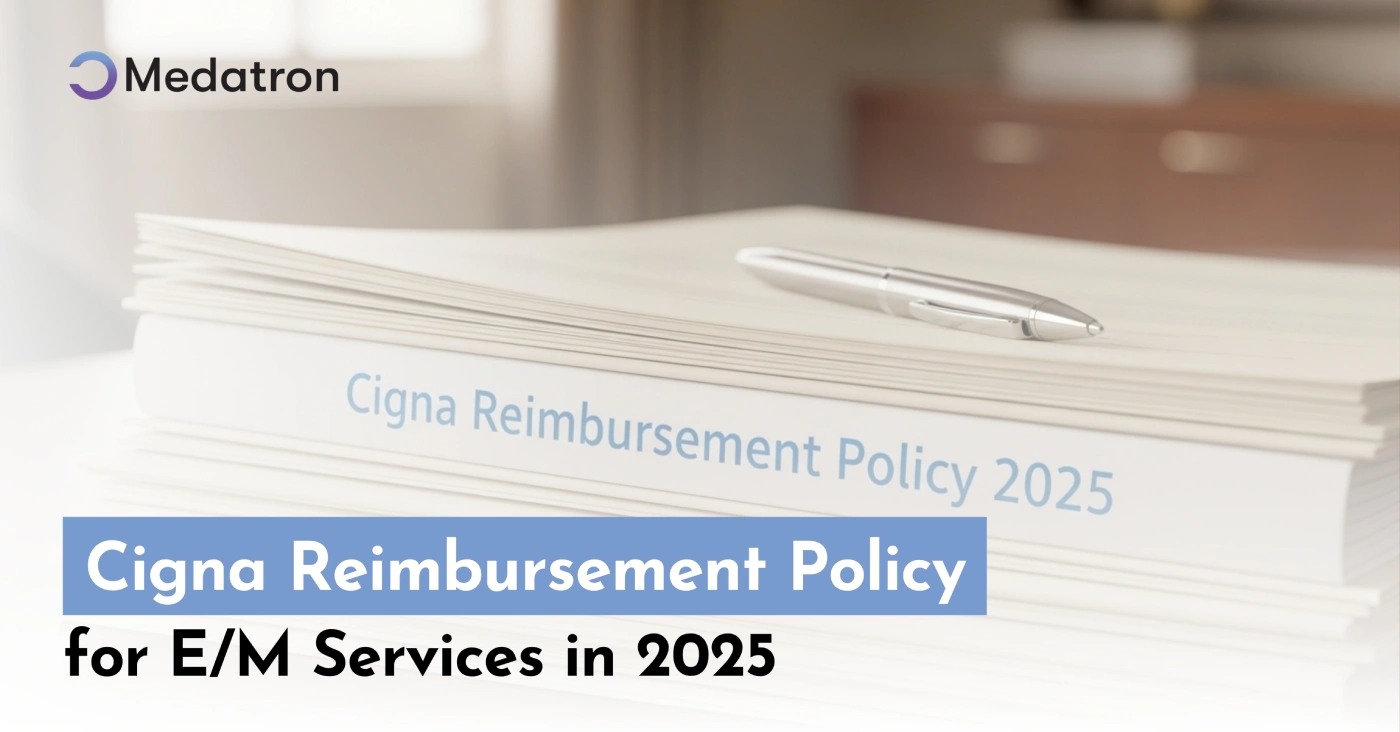Credentialing with insurance companies is crucial for any healthcare provider wishing to reach and treat a large number of patients economically. Credentialing is proving that a healthcare provider has the education, license, and professional history necessary for an insurance company to validate that they meet their credentialing standards. While the process can be intimidating, breaking it down into manageable steps will make it more straightforward. Here’s how to get credentialed with insurance companies.
Step 1: Understand the Credentialing Process
Credentialing encompasses two major components:
- Provider Enrollment: Registration with the insurance company to become part of their network.
- Verification: The insurance company verifies your credentials, education, training, certifications, and work history.
This process will ensure compliance with the insurance company’s policies and healthcare standards.
Step 2: Collect Required Documents
Collect the documents before proceeding. Most insurance companies will need the following:
- A current state medical license.
- Board certification, if necessary.
- Evidence of malpractice insurance.
- Hospital privileges, if required.
- CV/resume indicating education, training, and work experience.
- DEA certification and controlled substance registration copies
- National Provider Identifier number.
Having these documents prepared will make the application process more manageable.
Step 3: CAQH Profile
The Council for Affordable Quality Healthcare (CAQH) is a central database most insurance companies apply for credentialing. Getting a profile is done this way:
Access CAQH ProView.
Register your profile, making sure to enter your demographic and professional information.
Attach your mandatory documents.
Maintain an updated profile and re-attest every 120 days for this profile to stay active.
Step 4: Insurance Companies Research
Not all insurance panels will be a good fit for your practice or fit the demographics of your patients. Identify which insurers are most important to your speciality and the population you serve. Consider:
- Insurance companies your target patients use most frequently.
- Payers offer competitive reimbursement rates.
- Local networks that dominate your region.
Step 5: Apply to Insurance Companies
Contact the insurance companies to which you would like to apply for credentials. Most have either an online portal or a credentialing department you can contact. Complete your application, ensuring all information is consistent with your CAQH profile. Incomplete and inconsistent applications slow up the process.
Step 6: Prepare for Review
The insurance company will conduct a review of your application. This stage includes:
- Verify your credentials through primary sources (e.g., medical schools, licensing boards).
- Review your malpractice history and claims.
- Confirming your compliance with their standards.
Step 7: Follow Up
Credentialing can take 60 to 180 days, depending on the insurer. Follow up regularly with the insurance company to check your application status. Be polite but persistent to ensure your application isn’t delayed unnecessarily.
Step 8: Contract Negotiation
Once your credentials are verified, the insurance company will offer a contract outlining reimbursement rates and terms of participation. Carefully review the contract before signing:
- Ensure the rates align with your financial goals.
- Clarify terms regarding claims submissions and appeals processes.
- Seek legal advice if you have any concerns.
Step 9: Begin Accepting Patients
After signing that contract, you are considered in-network. Update all of your marketing materials and let the staff know about the new insurance you accept. Email them, post on your website, and use social media.
Tips for a Successful Credentialing ProcessOur medical credentialing services streamline your enrollment in top insurance networks, making you eligible to deliver patient care and file for reimbursements. We offer our services to all healthcare providers, so you shouldn’t stress about paperwork or deadlines. From qualification verification and application submission to contract negotiation, we care for everything at incredibly affordable rates.
Thus, rather than worrying about different payers’ requirements, partner with us and make your credentialing process easy to handle.
Conclusion
Getting credentialed with insurance companies is an investment in your practice’s growth and accessibility. Follow these steps and stay proactive to ensure you get through the process smoothly and begin to help more of your patients. Whether you are one doctor or a group of healthcare clinicians, getting credentialed sets you up for long-term success in this increasingly insurance-driven healthcare market.







